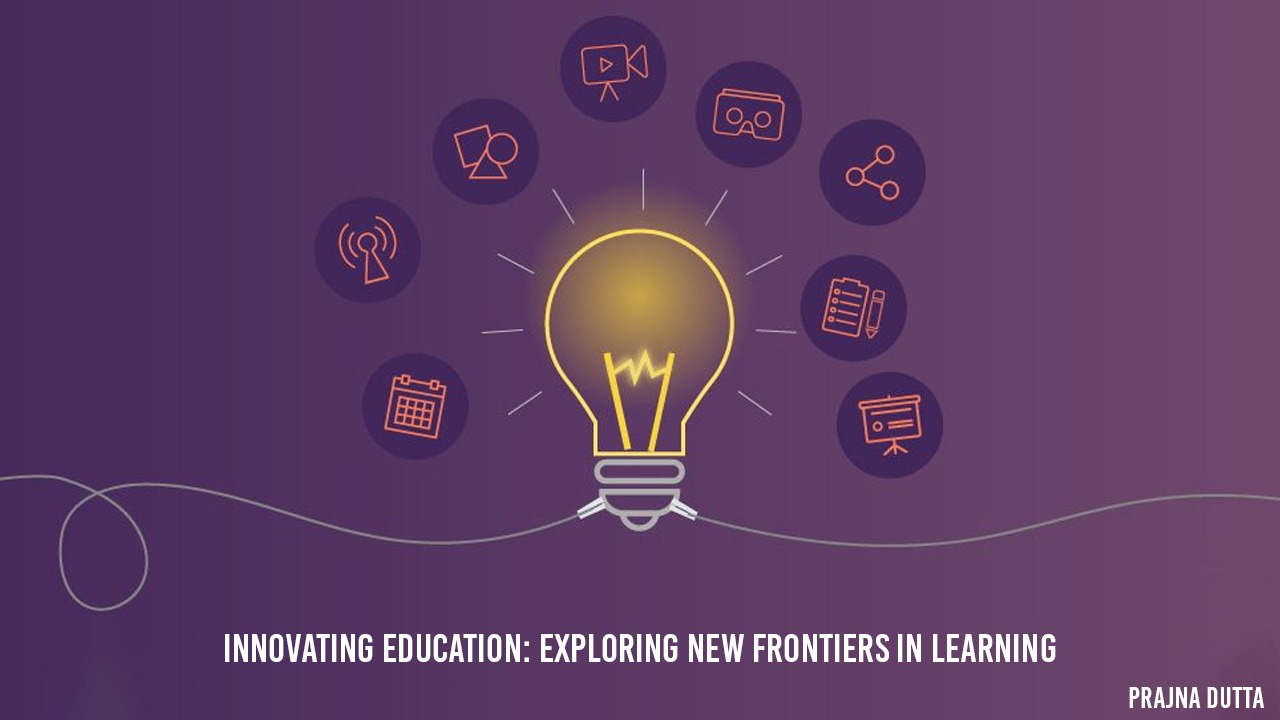Education is the cornerstone of society, but traditional educational methods are constantly evolving to keep pace with the changing needs of learners and the demands of the modern world. In recent years, we have witnessed a surge in innovative approaches to imparting education, leveraging technology, creativity, and new pedagogical methods to engage learners in exciting and effective ways. In this blog, we will explore some of the most innovative methods of imparting education that are shaping the future of learning.
1. Gamification: Gamification involves integrating game-design elements and principles into non-game contexts, such as education. By introducing elements such as points, badges, leaderboards, and rewards into the learning process, educators can create a more engaging and interactive learning experience. Gamification not only makes learning fun and motivating but also encourages students to develop problem-solving skills and critical thinking abilities.
2. Blended Learning: Blended learning combines traditional face-to-face instruction with online learning activities, allowing students to have more control over the time, place, path, or pace of their learning. This approach provides flexibility and personalized learning experiences, catering to the individual needs and learning styles of students. It also enables educators to incorporate multimedia resources, interactive simulations, and collaborative tools to enrich the learning process.
3. Project-Based Learning: Project-based learning (PBL) shifts the focus from traditional rote memorization to hands-on, real-world problem-solving. Students engage in in-depth investigations of real-world challenges, working collaboratively to explore and develop solutions. This approach fosters creativity, critical thinking, and communication skills while allowing students to apply their learning in practical, meaningful ways.
4. Flipped Classroom: In a flipped classroom, the traditional model of homework and lecture in class is reversed. Students engage with instructional content at home through videos, readings, or online modules, and then use class time for collaborative activities, discussions, and application of concepts. By flipping the traditional model, educators can maximize face-to-face interaction and provide personalized support to students during the learning process.
5. Virtual and Augmented Reality: Virtual reality (VR) and augmented reality (AR) technologies offer immersive and interactive learning experiences that transcend the limitations of traditional classroom settings. Students can explore historical landmarks, dissect virtual organisms, or interact with complex scientific concepts in a way that is both engaging and memorable. These technologies have the potential to revolutionize education by making abstract concepts tangible and accessible.
6. Personalized Learning Platforms: Adaptive learning platforms leverage artificial intelligence and data analytics to deliver personalized learning experiences tailored to each student's strengths, weaknesses, and learning pace. By continuously assessing student performance and adjusting the content and pace of instruction, these platforms help educators address individual learning needs and optimize educational outcomes.
7. Microlearning: Microlearning involves delivering short, focused learning units that can be consumed in small increments of time. This approach is well-suited to the modern, fast-paced lifestyle, allowing learners to access bite-sized content on various devices at their convenience. Microlearning is particularly effective for reinforcing specific skills, knowledge, or concepts, promoting continuous learning and retention.
In conclusion, the landscape of education is continually evolving, and innovative approaches are reshaping the way we impart knowledge and skills to the next generation. By embracing these innovative methods, educators can create dynamic and engaging learning environments that cater to the diverse needs and learning styles of students, preparing them for success in the 21st century. As technology continues to advance and new pedagogical insights emerge, the potential for further innovation in education is boundless. However, it's important to recognize that while these innovative methods hold great promise, they should complement, rather than replace, traditional educational practices. A balanced approach that integrates the best of both worlds can ensure that students benefit from a well-rounded and effective education.
Moreover, it's crucial to address the challenges associated with implementing innovative educational methods. Access to technology and digital resources, training for educators, and equitable opportunities for all students are essential considerations. Additionally, ongoing research and evaluation of these innovative approaches are necessary to understand their impact on student learning outcomes and to refine their implementation.
Ultimately, the goal of innovative education is to empower learners, foster a love for learning, and equip them with the skills and knowledge needed to thrive in a rapidly changing world. By embracing innovative methods of imparting education, we can create learning experiences that are engaging, relevant, and impactful, setting the stage for a brighter future for generations to come.
As we continue to explore new frontiers in learning, it's important for educators, policymakers, and stakeholders to collaborate, share best practices, and remain open to experimentation and adaptation. Through a commitment to innovation and continuous improvement, we can create an educational landscape that is responsive to the needs of learners and reflective of the dynamic, interconnected global society in which we live.
In conclusion, the innovative ways of imparting education are not just about embracing technology, but also about reimagining the entire learning experience to better suit the needs and expectations of students in the 21st century. As we move forward, let's continue to push the boundaries, nurture creativity, and harness the power of innovation to create a more inclusive, engaging, and effective educational ecosystem for all.

Comments